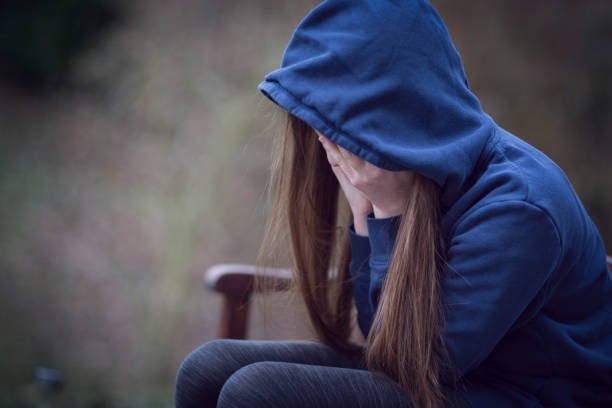When you pick up a memoir, you’re not just reading someone’s life story—you’re discovering their world, feeling their joys, pains, and everything in between. Jacqueline McFee’s book is no exception. From the very first page, you are drawn into a life filled with contrasts: moments of light that shine bright and shadows that linger long after the events have passed. So, what exactly are the glimpses of darkness Jacqueline referred to? Let’s find out!
Jacqueline’s childhood was anything but simple. She was a child who had to leave everything behind—family, friends, the warm familiarity of Jamaica—and go to the unknown. At just eight years old, she moved to America, carrying a mixture of hope and heartbreak. But the promise of a new life was overshadowed by bullying, racism, and the chilling experience of being an outsider.
Her words paint a picture of her struggles: from being mocked for her accent to facing relentless teasing at school. These moments are some of the earliest glimpses of darkness in her life. This shows that people don’t leave you even in childhood and that the world, believe it or not, can be harsh.
For many of us, when we walk through our door after spending long hours at work, school, or elsewhere, seeing our mother, wife, sister, or guardians brings peace and comfort. But Jacqueline’s story might make you pause. Her relationship with her sister, Elizabeth, was tumultuous at best and destructive at worst.
She grew up in a home where conflict wasn’t just common—it was a daily routine. Jacqueline describes incidents where her sister’s actions bordered on cruelty, from stealing money to sabotaging their mother’s well-being.
This constant turmoil left Jacqueline feeling isolated and helpless, as the very person who should have been her ally turned into her adversary. The emotional scars from these experiences ran deep, shaping Jacqueline’s outlook on family and trust. Through therapy and self-reflection, she began to understand the impact of her sister’s behavior on her own mental health and well-being.
The way Jacqueline captures these moments feels heartbreakingly real. It’s hard not to feel the weight of these glimpses of darkness when you read about her sister’s manipulation and the strain it placed on their family.
Perhaps some of the most harrowing parts of Jacqueline’s memoir involve her experiences with abuse—both emotional and physical. Abuse, especially when it comes from those who are supposed to protect you, leaves a lasting impact. Jacqueline doesn’t shy away from describing the fear, the confusion, and the pain she endured.
She gets glimpses of these dark moments of feeling utterly powerless, trapped in a cycle of torment that seemed unending. The emotional scars left by these experiences were profound, affecting her self-esteem and trust in others. While she was having such a hard time, her story is also one of resilience and strength. She details her journey towards healing, highlighting the importance of seeking help and finding supportive communities.
Through therapy and self-reflection, she began to reclaim her sense of self and rebuild her life. Jacqueline’s candidness in sharing her story gives hope to others who have faced similar struggles. Her memoir not only sheds light on the devastating effects of abuse but also underscores the possibility of recovery and the power of the human spirit to overcome even the most daunting challenges.
Her courage in sharing these moments shows her resilience. She lets readers understand what she had in her life deeply but not dwell there. Instead, she shows us the strength it took to rise above it all, even when those closest to her were the source of her suffering. It’s in these moments that a glimpse of darkness becomes more than a phrase—it becomes a window into a survivor’s heart.
Jacqueline’s connection to her parents, particularly her mother, is another thread knit with both light and shadow. Her mother was a symbol of strength, but their relationship wasn’t without its struggles. From overcoming the challenges of single parenthood to bearing unimaginable losses, Jacqueline’s mother faced her battles, many of which spilled over into Jacqueline’s life.
And then there’s the heartbreak of loss—losing her mother, her connection to her roots, and, at times, even her sense of self. These are the moments that show just how deeply a glimpse of darkness can shape a person. Yet, Jacqueline doesn’t let these losses define her. Instead, she reflects on them with a sense of understanding and growth, offering readers hope amidst the sorrow.
What stands out most in Jacqueline’s story is her refusal to let darkness win. Yes, she faced challenges that could break even the strongest among us. Yes, her past is filled with moments that make you want to reach through the pages and hug her. But Jacqueline’s journey isn’t just about pain—it’s about perseverance.
Through her writing, Jacqueline makes readers challenge their problems. All her glimpses of darkness are giving one message: “that shadows may stretch long, but they don’t last forever.”

Leave a Reply